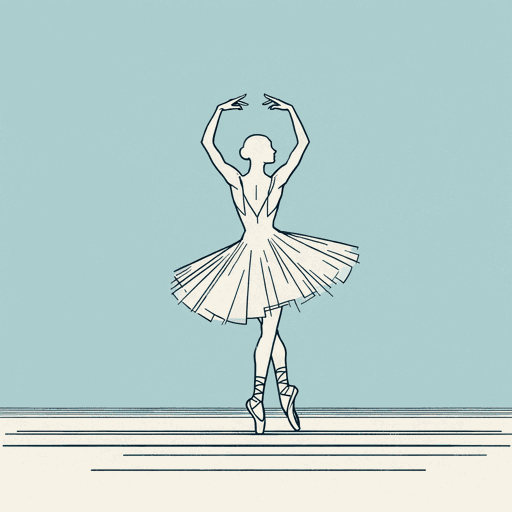42 pages • 1 hour read
Modris EksteinsRites of Spring: The Great War and the Birth of the Modern Age
Nonfiction | Book | Adult | Published in 1989A modern alternative to SparkNotes and CliffsNotes, SuperSummary offers high-quality Study Guides with detailed chapter summaries and analysis of major themes, characters, and more.
Act 3Chapter Summaries & Analyses
Act 3, Part 8 Summary: “Night Dancer”
Act 3 opens with a description of how the American pilot Charles Lindbergh captured the imaginations of postwar Paris and London when he visited both countries in 1927. The reception Lindbergh, who had flown over the Atlantic without a radio, was unprecedentedly grand as “people sought relics of his person and of his plane as if he were some new god” (247). Lindbergh’s appeal lay in the fact that he was not “the creation of an old world; he was a harbinger of a new dawn” (251). Nevertheless, as Eksteins shows, “death, commemorated or contemporary, stalked Lindbergh wherever he went,” as his itinerary included attending war memorials in Europe and even caused the death of a fellow pilot who accompanied him (264).
Lindbergh’s Americanness was a key part of his appeal. War-tired Europeans viewed America as a place of “unrestrained energy,” jazz music and “rags-to-riches” stories (268). When Diaghilev began his 1927 Paris season, it received little press attention as it was the day after Lindbergh arrived in the city and because, compared to the American pilot, the once radical Russian ballet “was old hat” (272).


